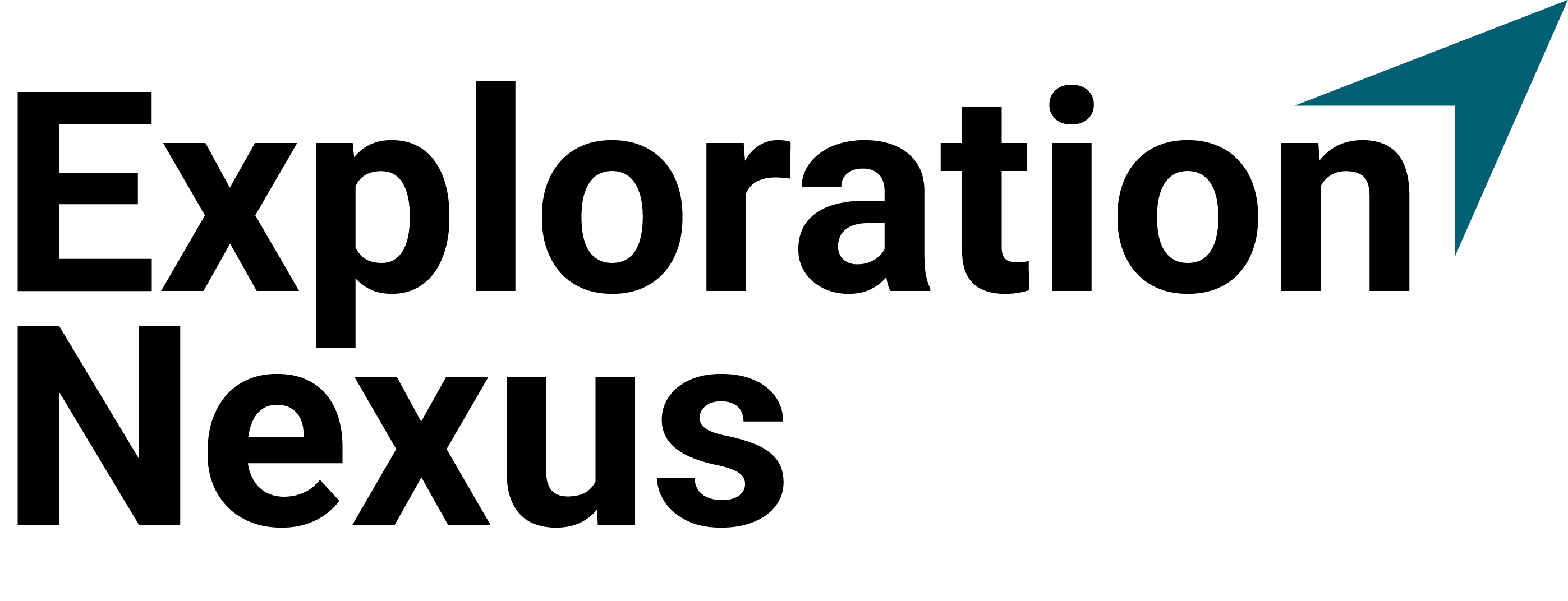The Power of Fewer, Focused Goals
In today’s fast-paced world, people often set too many goals at once, leading to overwhelm, burnout, and lack of progress. The minimalist approach to goal setting is about prioritising fewer but more meaningful goals, ensuring better focus, deeper commitment, and greater impact.
By applying minimalist principles, you can cut through the noise, eliminate distractions, and achieve real success without feeling exhausted or discouraged. This guide explores why fewer goals lead to bigger results and how to implement minimalist goal setting effectively.
Outline
- Introduction: The Problem with Traditional Goal Setting
- The Benefits of a Minimalist Approach to Goals
- The Key Principles of Minimalist Goal Setting
- The 80/20 Rule: Choosing the Right Goals
- How to Prioritise Your Goals Effectively
- The Power of Deep Focus: Committing to One Goal at a Time
- How to Avoid Goal Fatigue and Stay Motivated
- Simplifying Your Goal-Tracking System
- How Minimalist Goal Setting Improves Long-Term Success
- Conclusion: The Freedom of Fewer, High-Impact Goals
1. Introduction: The Problem with Traditional Goal Setting
Most people believe that setting more goals leads to more achievements. However, research suggests the opposite—having too many goals leads to reduced focus, stress, and lack of meaningful progress.
Common Pitfalls of Traditional Goal Setting:
✔ Too many goals create overwhelm.
✔ Divided focus results in lower quality outcomes.
✔ Lack of prioritisation makes it harder to track progress.
Minimalist goal setting is about doing less but achieving more.
2. The Benefits of a Minimalist Approach to Goals
A minimalist approach to goals ensures greater clarity, focus, and success.
| Benefit | Why It Matters |
|---|---|
| Less stress | Fewer goals prevent mental overload. |
| Increased focus | Concentrating on one key goal improves results. |
| Greater motivation | Progress is clearer when efforts aren’t scattered. |
| Higher success rate | Deep commitment leads to meaningful achievements. |
| More life balance | Fewer goals create space for personal growth. |
Fewer goals lead to more impactful results.
3. The Key Principles of Minimalist Goal Setting
✔ Prioritisation – Only focus on what truly matters.
✔ Quality over quantity – A few strong goals are better than many weak ones.
✔ Simplification – Remove unnecessary goals to free mental space.
✔ Long-term thinking – Choose sustainable, meaningful objectives.
Minimalist goal setting is about intention, not just ambition.
4. The 80/20 Rule: Choosing the Right Goals
The Pareto Principle states that 80% of results come from 20% of efforts.
How to Apply the 80/20 Rule:
✔ Identify which goals create the most impact.
✔ Eliminate or postpone low-priority goals.
✔ Commit to the few goals that truly matter.
Focus on high-impact goals, not just more goals.
5. How to Prioritise Your Goals Effectively
Minimalist goal setting requires a clear system to determine what truly matters.
Steps to Prioritise Goals:
✔ List all possible goals.
✔ Rank them based on impact and importance.
✔ Narrow down to 1-3 core goals.
✔ Ignore distractions and unnecessary ambitions.
Choosing the right goals is more important than setting many.
6. The Power of Deep Focus: Committing to One Goal at a Time
Instead of spreading efforts thinly, minimalist goal setting promotes deep focus.
How to Stay Committed to One Goal at a Time:
✔ Block distractions and unrelated tasks.
✔ Set milestones to track progress.
✔ Dedicate time for deep work on your goal.
One well-executed goal is better than five half-finished ones.
7. How to Avoid Goal Fatigue and Stay Motivated
Many people abandon goals due to burnout and loss of motivation.
Strategies to Stay Energised:
✔ Set realistic expectations—progress takes time.
✔ Celebrate small wins to maintain momentum.
✔ Take breaks to refresh your mind.
Sustainable progress is better than short bursts of effort.
8. Simplifying Your Goal-Tracking System
A minimalist approach to tracking goals keeps the process simple yet effective.
Minimalist Goal Tracking Methods:
✔ Use a single-page planner or digital tracker.
✔ Track only key metrics—avoid unnecessary details.
✔ Review progress weekly, not daily.
A simple tracking system improves consistency.
9. How Minimalist Goal Setting Improves Long-Term Success
Having fewer, well-defined goals creates lasting progress rather than temporary achievements.
Why Minimalist Goal Setting Works Long-Term:
✔ Encourages meaningful growth and mastery.
✔ Prevents burnout by reducing unnecessary pressure.
✔ Ensures sustainable success, not just quick wins.
Minimalist goal setting builds a foundation for long-term achievement.
10. Conclusion: The Freedom of Fewer, High-Impact Goals
Minimalist goal setting isn’t about achieving less—it’s about achieving more with greater focus and clarity. By setting fewer but well-defined goals, you can:
✔ Achieve greater success with less effort.
✔ Reduce stress and overwhelm.
✔ Stay motivated and consistent.
✔ Create a long-term impact in life and work.
Challenge: Identify your top one to three core goals for the next six months. Focus only on those and let go of the rest.
Minimalist goal setting transforms how you work, live, and grow. Are you ready to simplify your goals and achieve more?







